About
the Kenai Peninsula
Alaska is a dream travel destination, and the Kenai Peninsula encapsulates much of Alaska's wonders. Whale watching, hiking, horseback riding, fishing and wildlife viewing are just some of the adventures that draw travelers to "Alaska's Playground."
History
of the Kenai Peninsula
The Kenai Peninsula boasts a rich and diverse history that spans centuries, characterized by the interactions of various cultures and peoples.
Long before European contact, the Kenai Peninsula was inhabited by Alaska Natives, particularly the Dena’ina people, who thrived on the area’s abundant natural resources. The Dena’ina called the Kenai Peninsula Yaghanen, which means the good lands. They utilized the rich marine life from the surrounding waters and the fertile land for hunting, fishing, and gathering, developing a deep understanding of their environment that allowed them to sustain their communities for generations. The Dena’ina culture is deeply intertwined with the landscape, reflected in their traditions, stories, and practices that honor the land and its wildlife.
In the late 18th century, Captain James Cook explored the region, marking the beginning of European interest in Alaska. This exploration led to Russian colonization along the eastern coast, which introduced significant cultural influences, including the establishment of several historic Russian Orthodox churches that still stand today as testaments to this era.
The discovery of gold during the Gold Rush era further transformed the Kenai Peninsula, spurring economic development and leading to the construction of the Alaska Railroad, which facilitated access to remote areas and contributed to the growth of new communities. This influx of settlers and adventurers brought about significant changes, often impacting the indigenous populations and their way of life.
Today, the Kenai Peninsula stands as a vibrant blend of indigenous heritage and colonial history, offering visitors a unique glimpse into its past. The area is celebrated not only for its stunning natural beauty but also for its historical significance, making it a key destination known as “Alaska’s Playground.” The ongoing efforts to preserve and share the stories of both Alaska Natives and early explorers continue to enrich the cultural tapestry of the region, fostering a deeper appreciation for its complex history.
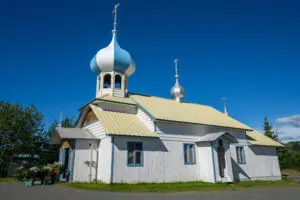
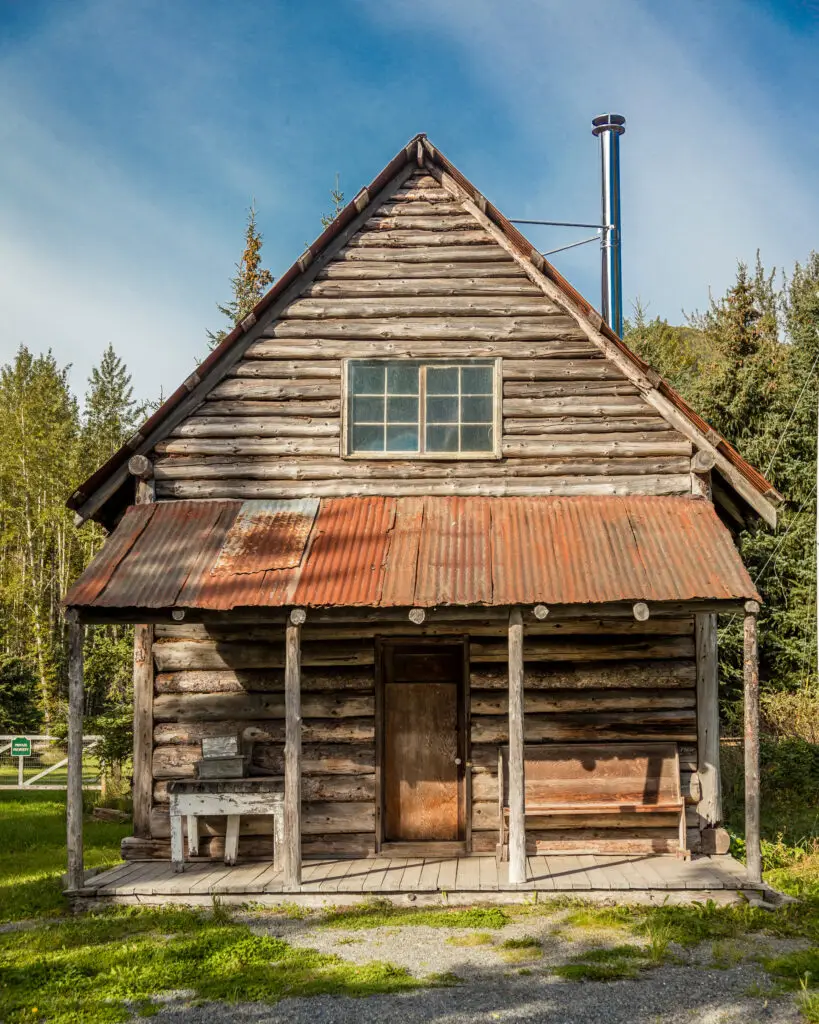


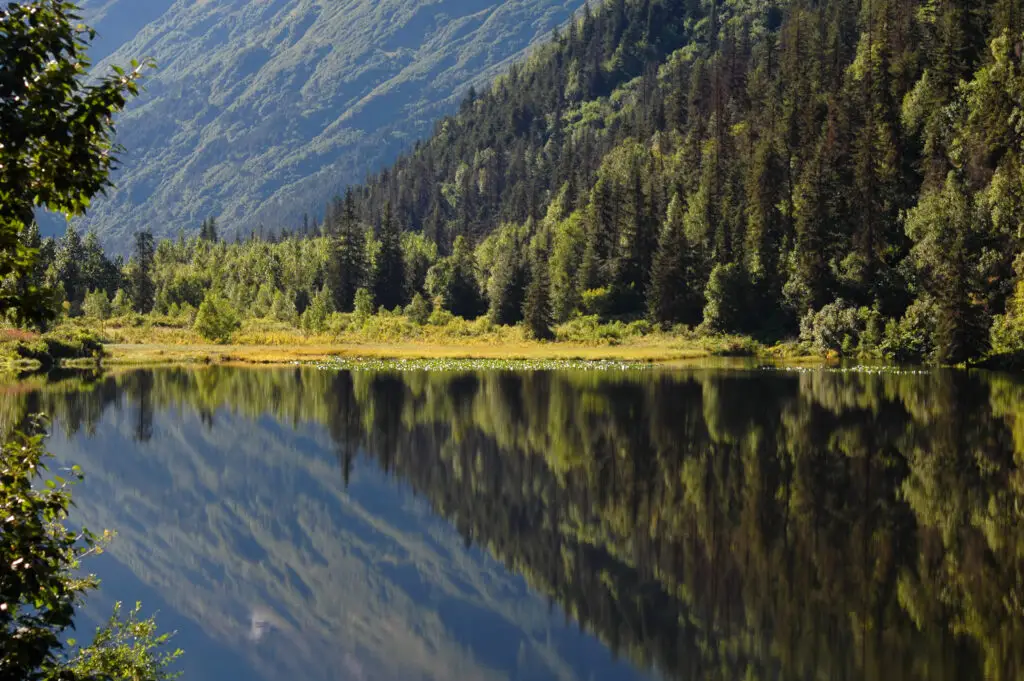
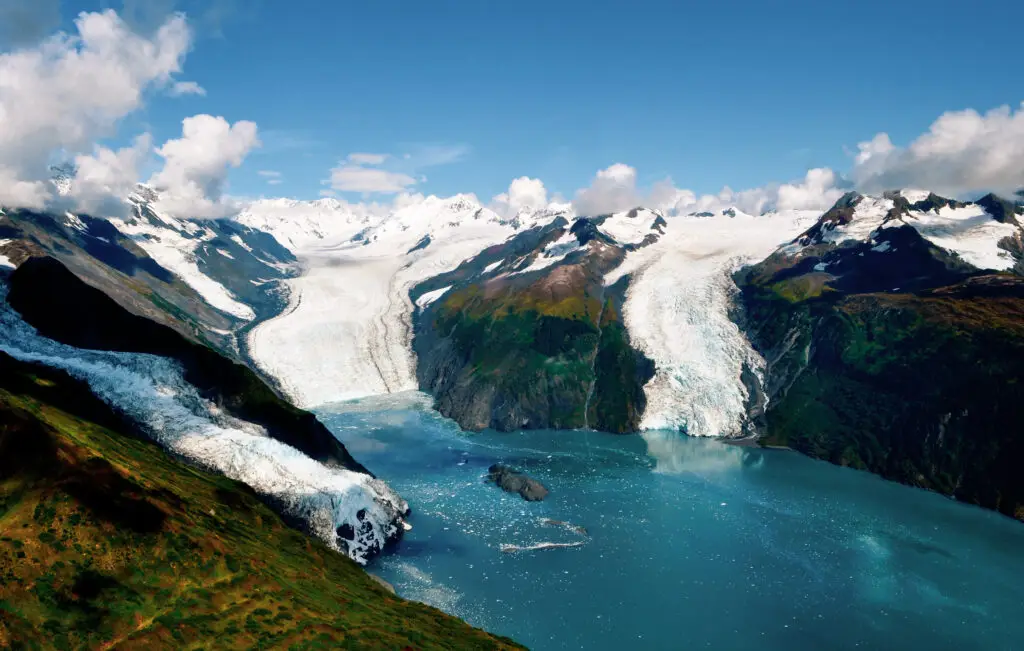
Geography
of the Kenai Peninsula
The Kenai Peninsula is renowned for its stunning geography, characterized by a dramatic landscape that encompasses approximately 16,000 square miles. The region features majestic mountains, including the Chugach Range, which rise sharply from the terrain and create breathtaking vistas. Glacial valleys carved by ancient ice flow through the peninsula, resulting in spectacular fjords and pristine lakes that reflect the surrounding peaks. The coastline is bordered by the Cook Inlet to the west and Prince William Sound to the east, providing rich marine environments that are vital for both wildlife and local communities. This varied topography not only contributes to the scenic beauty of the Kenai Peninsula but also plays a crucial role in shaping its climate and ecological systems.
In addition to its striking geography, the Kenai Peninsula boasts an impressive diversity of habitats that support a wide array of flora and fauna. Approximately 90% of the peninsula is designated as wilderness, encompassing ecosystems that range from lush temperate rainforests to alpine tundra. The coastal areas feature estuaries and salt marshes that serve as critical feeding grounds for migratory birds and marine life. Inland, the dense forests provide habitat for large mammals such as moose and black bears, while the rugged mountain slopes are home to Dall sheep and mountain goats. Freshwater rivers and lakes teem with salmon during spawning seasons, attracting both wildlife and anglers alike. This rich tapestry of habitats makes the Kenai Peninsula a prime destination for wildlife viewing and outdoor recreation, drawing nature enthusiasts and adventurers eager to explore its ecological treasures.
The Aurora
on the Kenai Peninsula
Viewing the aurora borealis on the Kenai Peninsula is a mesmerizing experience that captivates visitors with its stunning natural light display. During the winter months, particularly from late September to early April, the night skies come alive with vibrant hues of green, pink, and purple as the northern lights dance across the horizon. The peninsula’s remote locations, away from city lights, provide ideal conditions for observing this celestial phenomenon. Popular spots for aurora viewing include the serene shores of Kachemak Bay, the expansive landscapes around Soldotna, and the tranquil areas near Kenai Lake. Many local tour operators offer guided excursions that enhance the experience, providing insights into the science behind the aurora while ensuring optimal viewing opportunities. Witnessing the aurora borealis in this breathtaking setting is truly a once-in-a-lifetime adventure that leaves an indelible mark on all who are fortunate enough to witness it.
Communities
of the Kenai Peninsula
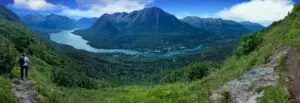
Cooper Landing
The Gem of the Kenai. Conveniently located in the middle of the Kenai Peninsula, nestled in the majestic Kenai Mountains along the beautiful turquoise waters of Kenai Lake and the upper Kenai River.
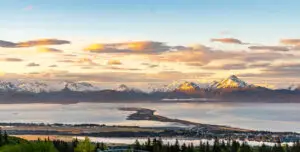
Homer
Whether you’re seeking wildlife cruises, cultural experiences, or simply stunning landscapes, Homer promises an unforgettable Alaskan adventure.

Hope
With its rich history and scenic beauty, Hope invites travelers to discover the warmth and spirit of Alaska’s past and present.
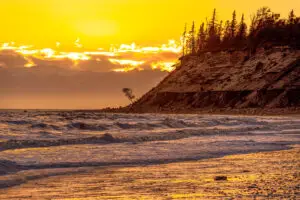
Kenai
The city of Kenai combines authentic Alaskan culture with modern amenities, making it an inviting destination for travelers seeking both adventure and comfort.
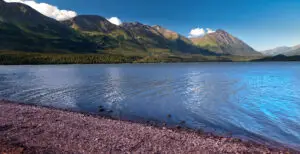
Moose Pass
Its serene setting and abundant recreational opportunities make Moose Pass an inviting destination for visitors looking to experience Alaska’s pristine beauty and quiet charm.
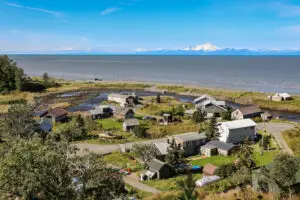
Ninilchik
Ninilchik, Alaska, is a picturesque fishing community rich in history and cultural heritage, reflected in its Russian name.
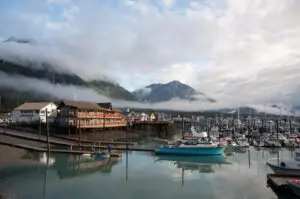
Seward
Known as a gateway to Kenai Fjords National Park, Seward offers visitors unforgettable experiences including trophy sport fishing, glacier and wildlife cruises, sailing, hiking, kayaking, flightseeing, and even summer dog sled rides.

Soldotna
Soldotna, Alaska—known as Alaska’s Kenai River City—is a vibrant hub for world-class sport fishing and outdoor recreation on the Kenai Peninsula.
Explore the Kenai
Embark on a seamless journey through the stunning landscapes of the Kenai Peninsula with our handpicked itineraries, designed to showcase the best experiences this remarkable region has to offer. Whether you’re an adrenaline seeker looking for thrilling outdoor activities or a nature enthusiast eager to explore serene vistas, our curated travel plans cater to every interest and preference. Each itinerary combines must-see attractions, hidden gems, and local favorites, ensuring you make the most of your visit. Let us guide you in crafting unforgettable memories as you discover the breathtaking beauty and rich culture of Alaska’s playground!
